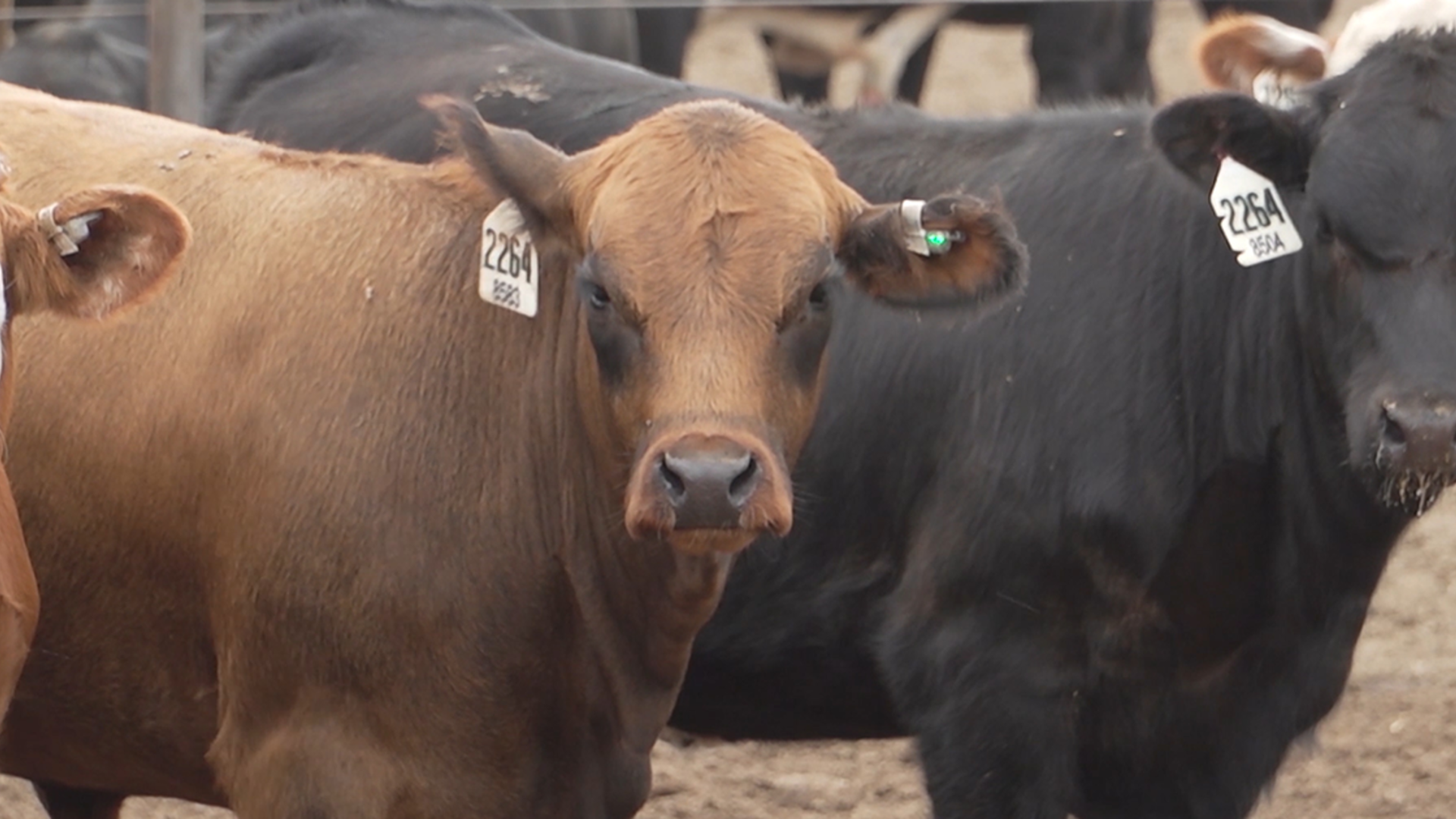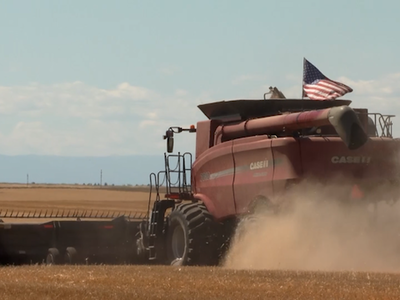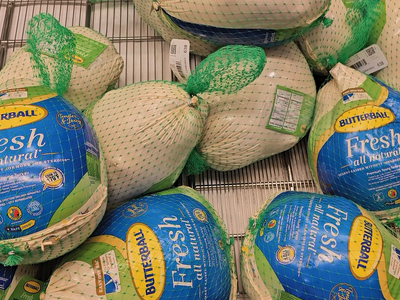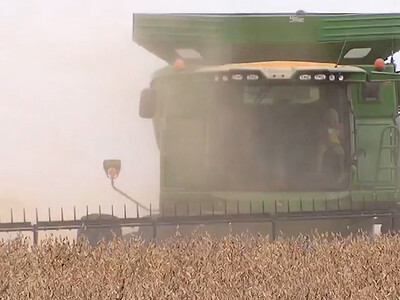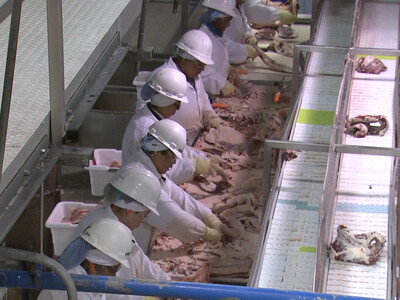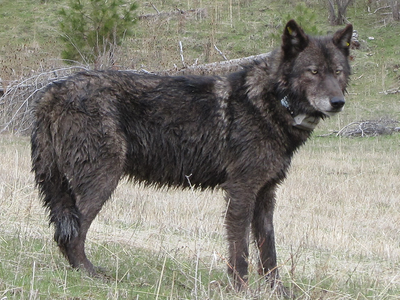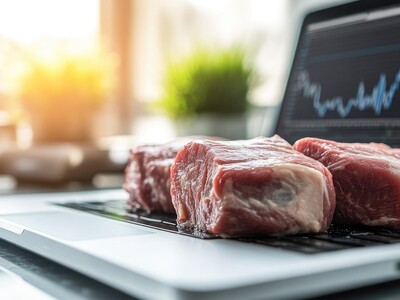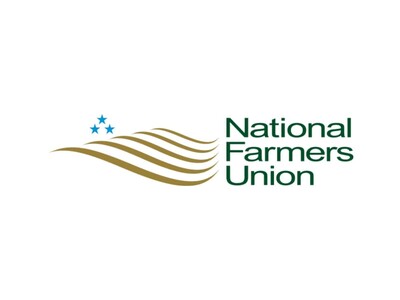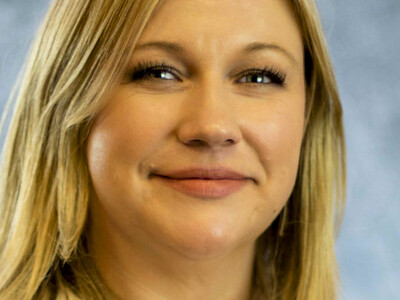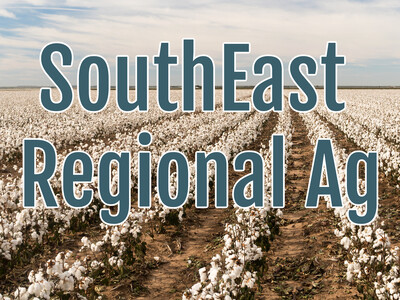New Technology Helps Producers Identify Sick Cattle Sooner and Back to Putting on Pounds of Beef
Healthy cattle mean more pounds on the ground and more money in the pocket for cattle producers. During a recent beef media event hosted by Merck Animal Health in Amarillo, Texas attendees learned and even saw firsthand Merck’s new SenseHub Feedlot Technology in action at the Kirkland Feedyard near Vega."These animals that we care for are hardwired to conceal disease," said Jason Nickell, Director of Insights and Outcomes at Merck Animal Health. "By concealing disease, they're much better than humans are at finding it. The SenseHub Feedlot Technology is a is a wearable technology in the form of an ear tag. It captures temperature and activity simultaneously from the animal and utilizes artificial intelligence to basically tell us if the animal is different than what it has been in the past and also different than the group. So, finding outliers in the population."
The Kirkland Feedyard is a 25,000 head feedlot in the Texas Panhandle. Robby Kirkland says even though producers have better vaccines and antibiotics available, cattle still get sick. He explains how Merck’s SenseHub Feedlot Technology is helping them identify sick cattle sooner and get them healthy again.
"The SenseHub tag is what we've been waiting and looking for years that'll help us identify sick cattle," said Kirkland. "We have a great team here, so it's nothing against our pen riders or what they're doing. But we know with the labor issues that the that the whole country is facing it's always going to be a challenge. And we're just trying to identify cattle for Bovine Respiratory Disease (BRD) as early as possible, and that's what SenseHub is allowing us to do."
Whisper on Arrival is another new technology from Merck Animal Health that Dr. Nickell says keeps cattle healthy and on the gain.
"Whisper on Arrival is actually applied while that animal is in the chute after arrival," said Nickell. "It's very similar to a human stress test that's used to predict cardiovascular disease in that Whisper on Arrival is used to predict the risk of developing BRD post arrival. Traditionally we've utilized metaphylaxis to effectively reduce the negative impacts of BRD. We want to keep that tool but with policy issues and cost there's value to allow for evolvement of that process. So, Whisper on Arrival is used to predict individual animal risk of developing BRD. We then use that information to make medical access decisions at the animal level."
Technology is revolutionizing the U.S. beef cattle industry and helping producers raise more pounds of beef and ultimately deliver a high-quality beef eating experience to consumers here at home and around the world.
For more information, contact your local Merck Animal Health representative or visit www.merck-animal-health-usa.com.
Source: Ag Information Network & Western Ag Network


